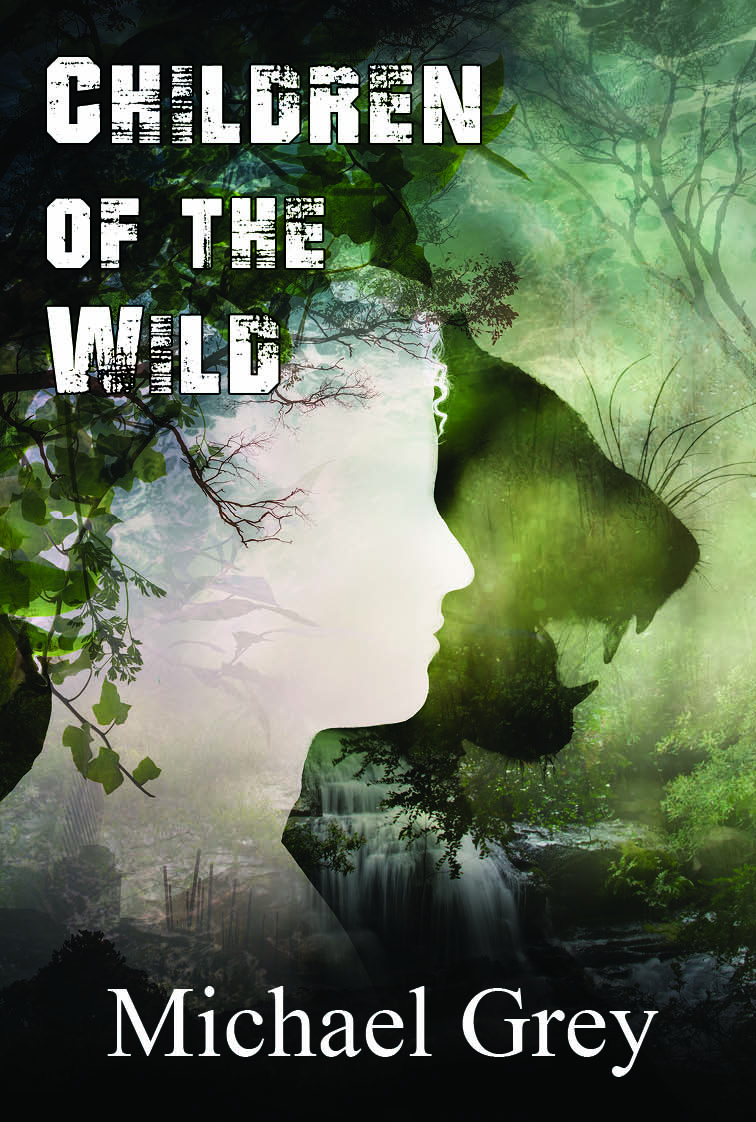Children of the wild by Michael Grey

In Matthew’s world families survive in a subsistence jungle haven as hunters and gatherers, living mostly within the shelter they have made to protect them from wild animals. They are the only humans in their world. Matthew is part of the community, but has no family and so lives with a slight disconnect and the observation powers of the isolate as he looks on those around him. His desire to move beyond the borders sometimes puts him at odds with those in power and it is this desire that puts him at risk and also gives him opportunity to demonstrate his maturity and skills. The first part of the book reveals many tense moments as he battles wild animals and learns his place within the community. But through it all he is growing in wisdom and wondering whether he should trust Jonah, the aging leader of the community. Into the haven comes a stranger and then several others carrying an unknown virus and the world that they had known must grapple with the uncertainty that all that they had known and the wisdom of the elders might be a lie. Sent on an extreme journey to restore health to the community becomes Matthew’s final challenge and with a number of friends and younger members of the haven, they must confront the unknown world and risk their own lives to go back into Jonah’s former life before the haven and search for a solution to their current viral threats. But it comes with considerable costs.
This is an exciting and impressive first novel. There are waves of dramatic moments within a dystopian or speculative-style fantasy set in an unidentified world that has declined beyond imagination. Sometimes it has the feel of a ‘Hunger Games’ survival tale with bows and arrows, set within a world-gone-wrong, and sometimes it is more Sci-fi with coming-of-age overtones. The fact that the younger characters know only the world of their community means that they do not have language or social constructs of many things well known to current readers, and hearing their descriptions of technological or modern-world features has the quality of the ‘primitive’ tribal man being brought into the modern world. Sometimes this may confuse younger teen readers, but it is clever in its capacity for making us see things in new ways. The main character, Matthew is likeable in an aloof and reserved way, and his relationships with friends and the older community member, Rona, is mature and sometimes surprising. The quest-like aspect of the final part of the story is also compelling and distressing and has movie-like qualities. This will be a book that will be worth recommending to YA lovers of Dystopian and Sci-fi.
Themes: Post-apocalyptic world, Survival, Viruses, Science fiction.
Carolyn Hull